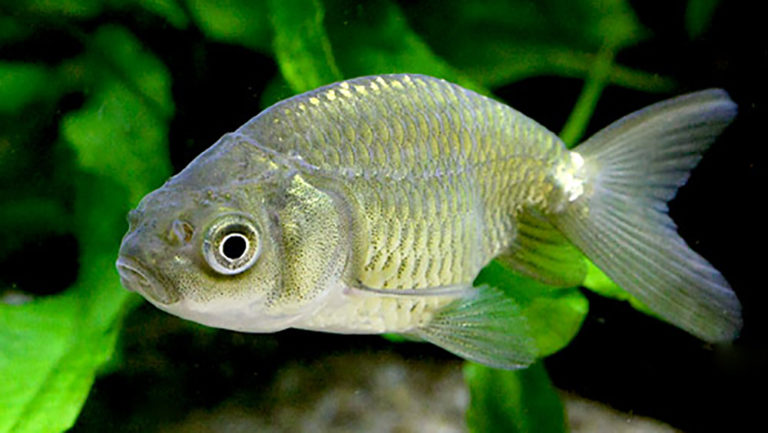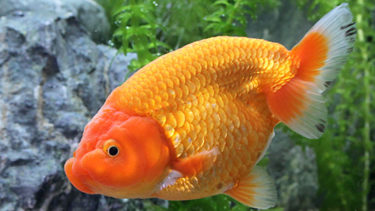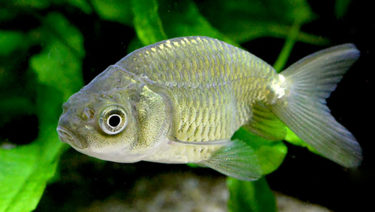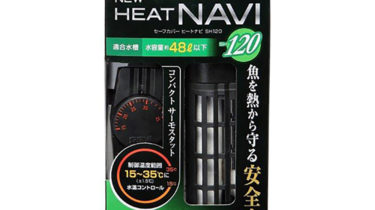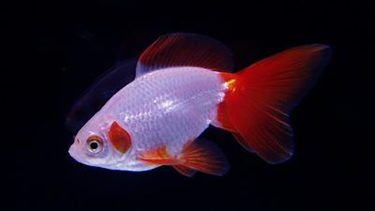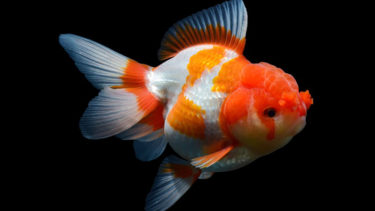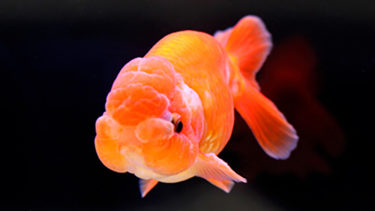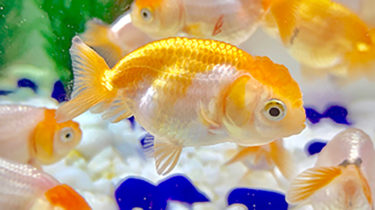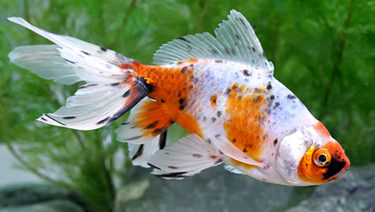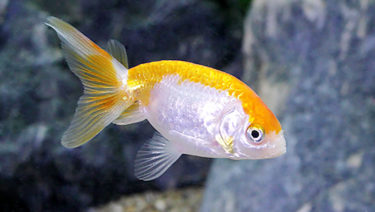The Tsugaru Nishiki has no dorsal fin and its tail fin is long and wide, with little or no head flesh showing. However, the Tsugaru Nishiki is a goldfish that possesses characteristics not found in other breeds. In this article, I would like to explain in detail the characteristics of the Tsugaru Nishiki and how to keep it.
What is Tsugaru Nishiki?
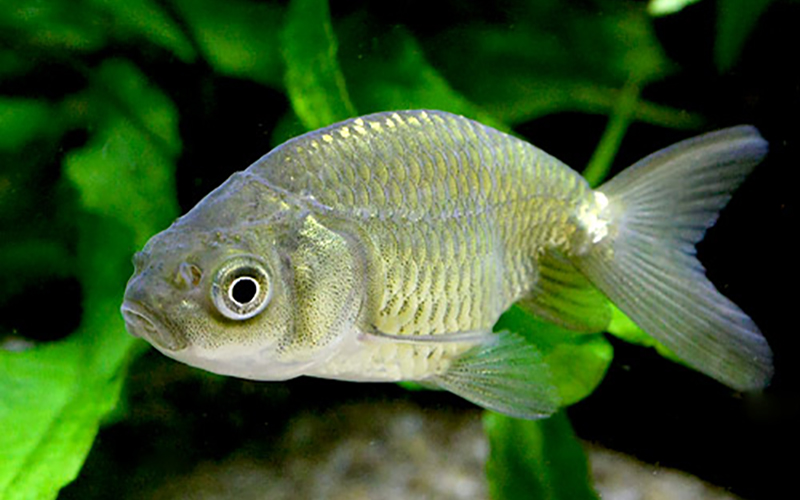
The Tsugaru Nishiki has a long and wide tail without a dorsal fin, and its body shape is similar to that of the Akinishiki. Unlike Akinishiki, however, the head rarely develops a mass of flesh.The body color fades more slowly than that of other goldfish species, and when purchased from a specialty store, the body color may not be reddish. The goldfish also has the characteristic of a golden glow around the ventral fins, and adults have a beautiful coloration not seen in other breeds.
The Ranchu is a goldfish with a well-developed fleshy head like the Dutch lionhead, but unlike other goldfish, it is unique in that it has no dorsal fin. In this article, we would like to explain in detail the characteristics of the Ranchu and how to keep it. What is Ranchu?
The Akinishiki does not have a dorsal fin like the Ranchu strain, and the rest of the goldfish inherits the characteristics of the Dutch Shishigashira. In this article, we would like to explain in detail the characteristics of the Akinishiki and how to keep it. What is Akinishiki? Akinishiki, like the Ranchu strain [...]
Origin of Tsugaru Nishiki
As its name suggests, Tsugaru-nishiki is a local goldfish that originated in the Tsugaru region of Aomori Prefecture. Its origin is said to be modeled after the "goldfish Nebuta" that was bred in the Tsugaru domain during the Edo period (1770s).At that time, only samurai belonging to the Tsugaru domain were allowed to keep these goldfish. Later, they became widely known to the general public as jikin fish, but only on a scale that barely allowed for the preservation of the breed. Later, in the middle to the end of the Taisho period, the goldfish business flourished for a period of time. In 1927, the name "Tsugaru Nishiki" was given by the Hirosaki Kangyo Kyokai when Prince Takahito of Mikasa (Prince Mikasa) saw it at the Hirosaki Hakurankai, and in 1935, Dr. Kaichi Matsui announced the variety "Tsugaru Nishiki" to the world, which made it widely known. At that time, many local people were surprised because they did not know that Tsugaru Nishiki was a rare goldfish. Later, in 1948, Aomori Prefecture asked Kaoru Miwa, a prefectural official at the time, and the Faculty of Fisheries of Hokkaido University to conduct research and surveys in order to increase the number of Tsugaru Nishiki. However, the number of Tsugaru-Nishiki had been decreasing significantly due to the turmoil of World War II and a series of natural disasters. So, first of all, we desperately searched for the parent fish and were able to find two females in Kuroishi City, Aomori Prefecture, but we could not find any others. Therefore, since 1959, we have been engaged in a series of mind-boggling crosses with other breeds such as Higashi-Nishiki and Holland Lion's Head, and in 1987, we were able to restore them.
Many people think that goldfish are the goldfish that you see at fairs and festivals in the summer, and that there are many different kinds of goldfish. And it is no exaggeration to say that each type of goldfish has its own characteristics, and that is the best part about goldfish [...]
How to enjoy Tsugaru Nishiki
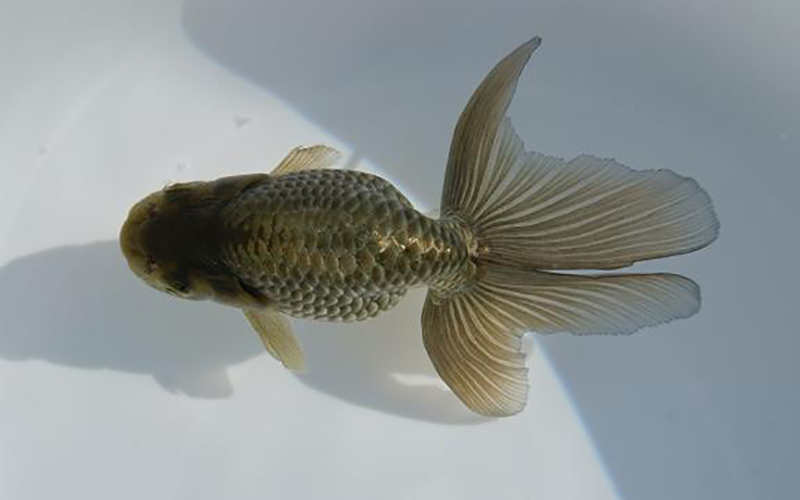
The way to enjoy Tsugaru-Nishiki is to have a long, wide tail, unlike the Ranchu strain, and a body color that changes very late in the season compared to other varieties. If you want to enjoy them, it is recommended to view them from the side (side view) in an aquarium.Viewing from the side, you can enjoy the combination of the beautiful dorsal finless back and the long tail fin, which is a characteristic of the Ranchu lineage, as well as the golden glow around the ventral fin. When viewed from the top, you can see how long and beautiful the width of the tail fin is.
Points to keep in mind when mixing swimmers
When mixing goldfish with other goldfish and other species, there is sometimes uncertainty as to what species is good and what species is not. First,There is no general prohibition against this or that when mixing goldfish with other species.Therefore, depending on the personality and environment of the goldfish you keep, even species that are said to be bad for each other may get along well with each other. However, there is also the matter of compatibility between goldfish. If you put incompatible goldfish together, there is a high possibility that they will fight or that only one of them will monopolize the food. However, as explained in the beginning, there is no prohibition for goldfish, so if you want to mix them, it may be OK to do so. Now, let us explain which goldfish are compatible with Japanese goldfish and which are not.
Compatible goldfish
The goldfish that are most compatible with Tsugaru Nishiki are Ranchu-type goldfish such as Ranchu and Edonishiki.Since Tsugaru Nishiki is a beautiful variety with a long tail fin, we recommend that you put it in with a Ranchu-type goldfish so that you can compare the differences in the tail fins and changes in body color.
About Ranchu
About Edo Nishiki
About Ranchu Type
Incompatible goldfish
Goldfish that are incompatible with Tsugaru Nishiki are Japanese goldfish, such as Wakin (Japanese goldfish) and Comet (Japanese goldfish).Many Japanese goldfish are agile and grow large in a short period of time. If you mix Tsugaru Nishiki with Japanese goldfish, please be aware that the Tsugaru Nishiki may be eaten by other Japanese goldfish, and the difference in body size may cause them to move apart.
About WAKIN
About Comet
About Us
Points to keep in mind when keeping Tsugaru Nishiki
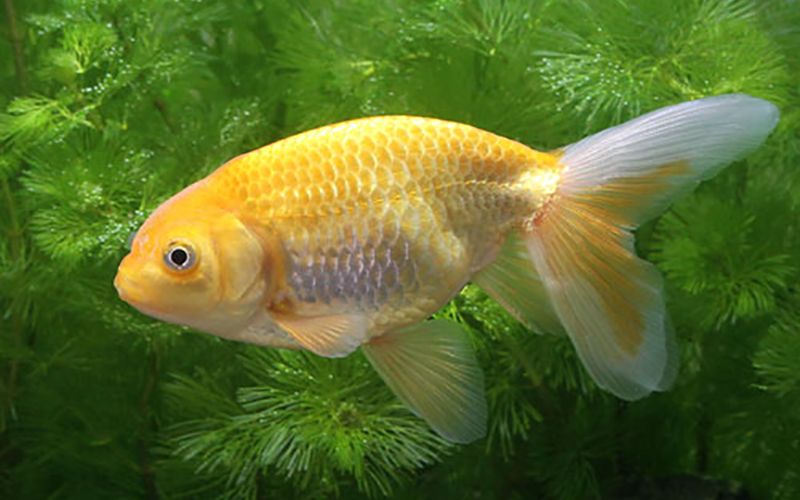
The Tsugaru Nishiki is a type of jikin fish that was once on the verge of extinction. The body color of the Tsugaru Nishiki is slow to fade, so there are many individuals that do not fade even after two to three years, and the gold color on the iron-colored base gives it a unique body color.The body color of Tsugaru-Nishiki is not common among other breeds, and many people who like Tsugaru-Nishiki prefer the body color of Tsugaru-Nishiki. If you are interested in breeding Tsugaru Nishiki, you should ask a specialty store or a Tsugaru Nishiki preservation society or an association of Tsugaru Nishiki lovers.

